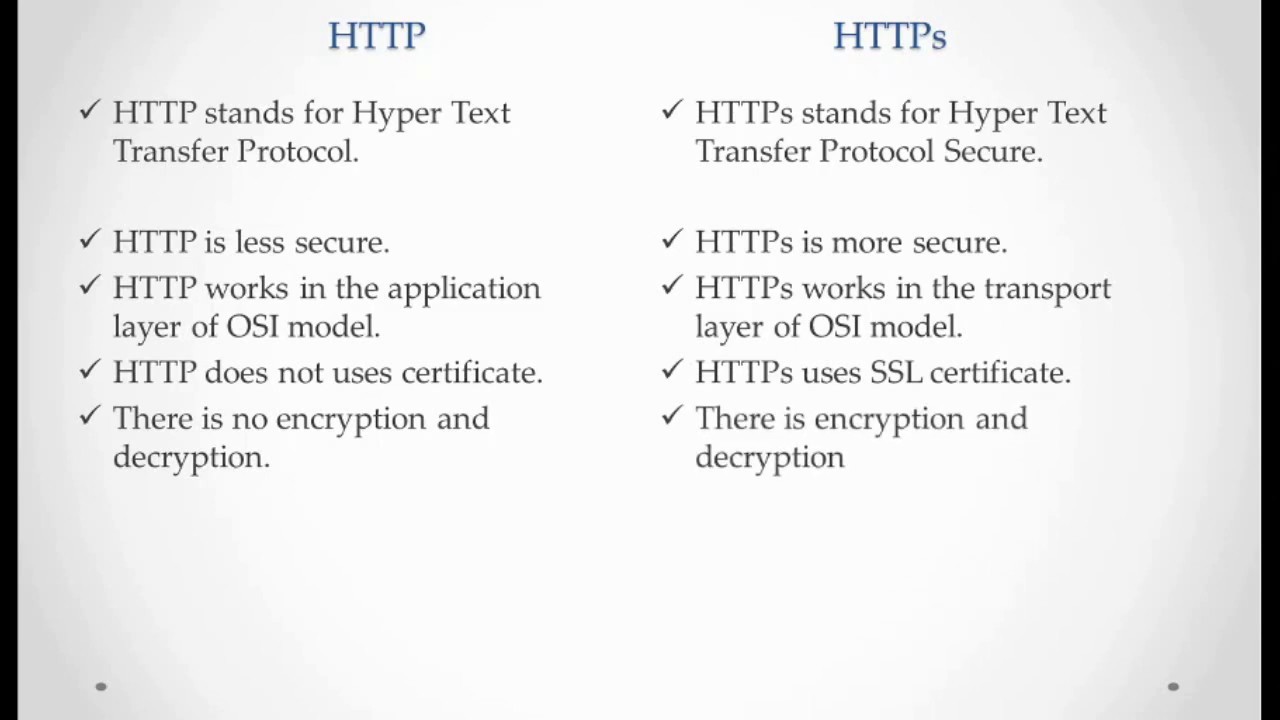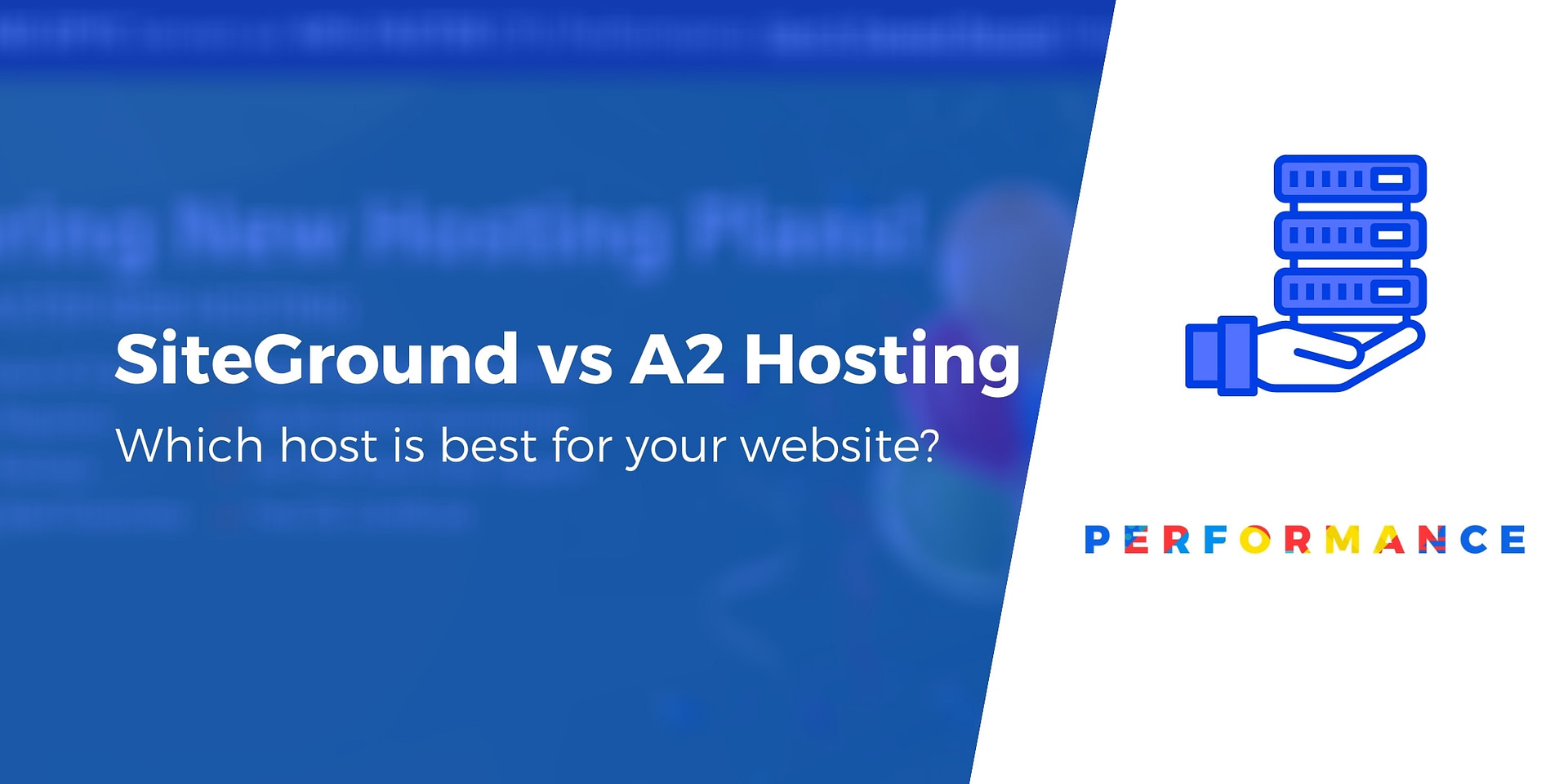
FTP is often a matter of choice for users. This is especially true when the FTP client they use is behind a Firewall. FTP in passive mode is easier to operate and better suited for firewalls and NAT routing.
FTP, or Internet protocol (IP), is an IP that allows files to move between computers by using a server and a client. FTP is composed of two channels, a data channel and command channel. Both are used to send information between the client computer and the server.
The client initiates an FTP command channel by sending TCP port number 21 as a PORT. The server will then connect back to the specified local data port for the client, which is usually TCP port 20, and establish a command channel with it.
The connection will work unless your FTP client is hidden behind a firewall. In this scenario, the client’s firewall will prevent the FTP connection request to arrive from the server.

The client can be switched from active mode to passive mode to fix this issue. In passive FTP mode, the FTP server still initiates the channel of command but sends a PASV instead. The FTP client replies to this command with a random data port that it has open for the file transfer.
In Active Mode, the client will also send a PORT to initiate a data channel between the FTP server and the client. It is a reversed data channel and therefore not as compatible with firewalls or NAT routers.
Firewalls, which are software pieces that secure networks through limiting certain traffic types to specific ports, help keep them safe. This is usually done to prevent unauthorised access, but it can also cause issues when using FTP.
Network Address Translation (NAT) devices are another common way to protect against unauthorized connections. These devices enable multiple computers sharing a single address. However, they can act as firewalls to block connections from the outside. NATs work well at blocking access to internal servers but are hard to configure as firewalls.
The passive mode was designed to relieve the client of some of the configuration responsibility. In passive, the client will still initiate the control channel using port 21, however, instead of sending a PASV, it will send a PASV. This command tells the FTP server to return an IP address and port number for the client to create a data channel on.

If you have enabled Automatic Passive Mode in Fetch, then you will be switched automatically to passive when Fetch encounters an error while trying to establish a connection. If this doesn’t work, select the Passive Mode option under the FTP Setting Menu.
Active or passive mode can be selected by the client. However, passive mode generally works better with firewalls and routers. A client can be configured so that it only uses a certain range of high level ports on the servers. This limits the number of ports which can be blocked by firewalls. It will also reduce the risk of a server being blocked by a firewall.
FAQ
What Should I Add to My Portfolio?
All these items should be part of your portfolio.
-
Some examples of your past work.
-
Links to your website (if applicable).
-
These are links to your blog.
-
Links to social media profiles
-
Here are links to portfolios online of other designers.
-
Any awards you have been given.
-
References.
-
Get samples of your works.
-
Here are some links that will show you how to communicate with your clients.
-
Links showing you're willing to learn new technologies.
-
Links showing that you're flexible.
-
Your personality is displayed in the links
-
Videos showing your skills.
Should I use WordPress, or a website builder
It is best to start small in order to establish a web presence. If you have the time or resources to create a complete site, do so. You might start with a simple blog if you don’t have the time or resources. As you learn to develop and design websites, you can always add new features.
Before you start building your website, it is important to establish a primary domain. This will provide a point to which you can publish content.
What is a "static website"?
A static site is one that stores all content on a server. Visitors can access the website via web browsers.
The term "static" refers to the fact that there are no dynamic features such as changing images, video, animation, etc.
This site was initially designed for corporate intranets, but it has been adopted by individuals or small businesses who desire simple websites that don't require complex programming.
Because they are easier to maintain, static sites have been growing in popularity. It's easier to update and maintain static sites than a website that has many components (such blogs).
They also load more quickly than dynamic counterparts. This makes them ideal for users on mobile devices or those with slow Internet connections.
Also, static websites are more secure that dynamic counterparts. A static website is impossible to hack. Hackers can only access the data contained in a database.
There are two main ways to create a static website:
-
Use a Content Management System (CMS).
-
Static HTML Website Creation
It depends on what your needs are. A CMS is a good choice if you are new to website creation.
Why? It gives you full control of your website. With a CMS, you don't need to hire someone to help you set up your site. All you need to do is upload files to the web server.
You can still learn how to code and create a static website. But you'll need to invest some time learning how to program.
How much does a website cost?
This question will depend on your goals for your website. Google Sites might be free if your website is limited to information about you or your company.
But if your goal is to attract visitors to a website, it's likely that you'll need to invest in something more robust.
The most popular solution is to use a Content Management System (like WordPress). These programs allow you to create a website without knowing anything about programming. And because third-party companies host these sites, you won't need to worry about getting hacked.
Another way to build a website is to use a service called Squarespace. Squarespace offers a variety plans that range from $5 per person to $100 per person, depending on what information you want to include.
Are you a technical person who wants to design and build a site?
No. You just need to be familiar with HTML and CSS. You can easily find tutorials online that teach both HTML and CSS.
What is a UI designer?
A user interface (UI), designer is responsible for designing interfaces to software products. They are responsible for designing the layout and visual elements of an application. They may also include graphic designers.
The UI Designer needs to be a problem solver and have a good understanding of how people use computers.
A UI Designer should have a passion in technology and software design. He/she should be familiar with all aspects in the field, from creating ideas to implementing them into code.
They should be able to create designs using various tools and techniques. They should be able solve problems creatively by thinking outside the box and come up with innovative solutions.
They should be organized and detail-oriented. They should be able develop prototypes quickly, efficiently and accurately.
They should feel at ease working with clients, large and small. They should be able and willing to adapt to different situations and environments.
They should be capable of communicating effectively with others. They should be able communicate clearly and concisely.
They should be well-rounded and possess strong communication abilities.
They should be highly motivated and driven.
They should be passionate about their craft.
Statistics
- Studies show that 77% of satisfied customers will recommend your business or service to a friend after having a positive experience. (wix.com)
- Is your web design optimized for mobile? Over 50% of internet users browse websites using a mobile device. (wix.com)
- Did you know videos can boost organic search traffic to your website by 157%? (wix.com)
- It's estimated that in 2022, over 2.14 billion people will purchase goods and services online. (wix.com)
- At this point, it's important to note that just because a web trend is current, it doesn't mean it's necessarily right for you.48% of people cite design as the most important factor of a website, (websitebuilderexpert.com)
External Links
How To
Drupal 7 Web Design: How to use it
Drupal is today's most popular Content Management System (CMS). It was originally developed by DriesBuytaert (Belgium) in 2003. The name comes from the two first letters of its developer's names, Dirk Buijtewaard and Pierre d'Herbemont. Drupal was made open-source in 2005. Since then, many versions have been released. Drupal is used worldwide by many websites and businesses.
There are several reasons why Drupal is so popular among website owners. First, it is free to download and install. It's easy to customize and extend. It is well documented. Fourth, the forum and IRC channels offer great support. Fifth, it is extensible via modules. Sixth, it supports multiple languages. It is easy customizable. Eighth, it is scalable. It is also secure. Tenth, it's reliable. It is also supported by the community. All these factors make Drupal a perfect choice for your next project.
You might wonder what makes Drupal stand out from other CMS platforms. It is easy to answer. Drupal is an open-source content manager system. Drupal is free to download and use. Drupal gives you full control over your website. You can edit your website, add pages or delete them, and change the colors, fonts, images and videos.
Drupal is an option for those who lack the technical skills required to create websites. Drupal is a CMS that doesn't require programming skills. Only you will need to be able to use the basic functions of Drupal. After that, you'll be able customize your website according to what you need.
Drupal also offers many pre-built themes as well as plugins. These plugins can be used to improve your site's functionality. You can use Contact Form to gather visitor information. Google Maps can be used to display maps on your site. There are thousands of ready-made templates that come with Drupal. These templates give your website a professional look.
Moreover, Drupal is highly flexible. Drupal allows you to add modules or replace existing ones, without worrying about compatibility issues. If you are looking to integrate social networks into your website, this is possible quickly. You can also set-up RSS feeds, email subscriptions, etc.
Drupal's flexibility is also a plus. Drupal allows you to add custom fields and forms, manage your users, and many other features. Drupal can be used to create complex layouts.
Finally, Drupal is robust and reliable. Drupal is both stable and scalable. Also, it offers excellent security features. Drupal is a solid web development platform.